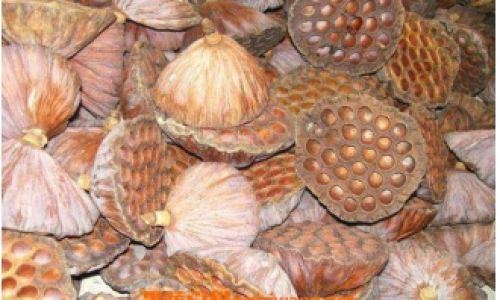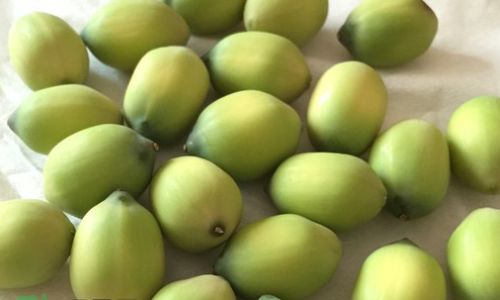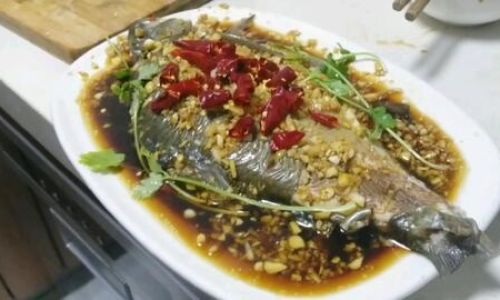Introduction
Lotus seeds, derived from the aquatic plant Nelumbo nucifera, are renowned for their nutritional value and culinary versatility. These tiny, nut-like kernels encapsulated within the lotus pod are a treasure trove of nutrients, including proteins, fats, vitamins, and minerals. Fresh lotus seeds, harvested during the summer and autumn months, possess a delicate sweetness and a slightly nutty flavor that makes them a favorite among chefs and health-conscious individuals alike. However, preserving their freshness and enhancing their shelf life often necessitates the process of drying. This article delves into the art and science of drying fresh lotus seeds, offering a comprehensive guide to ensure optimal results.
Understanding Fresh Lotus Seeds
Before embarking on the drying process, it’s crucial to understand the characteristics of fresh lotus seeds. Freshly harvested lotus seeds are typically moist, with a soft, almost gelatinous texture. They are enclosed in a hard, greenish-brown shell that protects the inner kernel. The seeds are rich in natural oils and contain a small hole or eyelet at one end, which facilitates the germination process if left under favorable conditions.
Why Dry Lotus Seeds?

Drying lotus seeds serves several purposes:
- Preservation: Dried lotus seeds have a significantly longer shelf life compared to fresh ones, making them more suitable for long-term storage.
- Enhanced Flavor: The drying process concentrates the flavors and nutrients, resulting in a more intense and satisfying taste.
- Versatility: Dried lotus seeds can be used in a variety of dishes, from sweet desserts to savory stir-fries, making them a versatile ingredient in the kitchen.
- Ease of Handling: Dried seeds are easier to transport, store, and use, as they do not require refrigeration and are less prone to spoilage.
Preparing Fresh Lotus Seeds for Drying
-
Harvesting: The first step is to harvest the lotus pods at the optimal time. This usually occurs when the pods turn a dark brown and the seeds inside are fully developed but not yet hardened excessively.
-
Shelling: Once harvested, the pods need to be opened carefully to extract the seeds. This can be done manually or with the help of specialized tools. The outer shell is discarded, leaving the inner kernel intact.
-
Cleaning: Freshly extracted seeds may contain bits of shell, dirt, or other impurities. They should be thoroughly rinsed under clean, running water to remove these contaminants.
-
Inspection: After cleaning, inspect each seed for any signs of damage, mold, or discoloration. Discard any seeds that do not meet the quality standards.
The Drying Process
There are several methods to dry lotus seeds, each with its own set of advantages and considerations:
-
Sun Drying:

- Method: Spread the cleaned seeds in a single layer on a clean, dry surface such as a tarp or mesh tray. Place the tray in direct sunlight, preferably during the hottest part of the day.
- Duration: Sun drying can take several days, depending on the intensity of the sunlight and humidity levels. It’s important to turn the seeds occasionally to ensure even drying.
- Advantages: Sun drying is a natural, cost-effective method that preserves the natural flavors and colors of the seeds.
- Disadvantages: Weather conditions can be unpredictable, and prolonged exposure to rain or high humidity can lead to mold or spoilage.
-
Dehydrator Drying:
- Method: Use a food dehydrator set to a temperature between 95°F to 115°F (35°C to 46°C). Spread the seeds in a single layer on the dehydrator trays.
- Duration: Drying time can range from 8 to 12 hours, depending on the model of the dehydrator and the initial moisture content of the seeds.
- Advantages: Dehydrators provide a controlled environment, allowing for precise temperature and humidity control, which minimizes the risk of mold or spoilage.
- Disadvantages: Dehydrators can be an upfront investment and require electricity to operate.
-
Oven Drying:
- Method: Preheat your oven to its lowest setting, typically around 150°F (65°C). Spread the seeds in a single layer on baking sheets lined with parchment paper.
- Duration: Oven drying usually takes around 4 to 6 hours, with the oven door slightly ajar to allow moisture to escape.
- Advantages: Oven drying is a quick method that can be done in the home kitchen with minimal equipment.
- Disadvantages: It’s easy to overheat the seeds, which can damage their flavor and nutritional profile. Constant monitoring is required to prevent burning.
Post-Drying Considerations
-
Cooling: Once dried, allow the seeds to cool completely before handling or storing. This helps to firm up their texture and prevents condensation.
-
Storage: Store dried lotus seeds in an airtight container in a cool, dark place. Avoid exposure to direct sunlight and high humidity to maintain freshness and prevent rancidity.
-
Usage: Dried lotus seeds can be used as is or soaked in water to soften them before cooking. They add a unique texture and flavor to dishes ranging from porridge and desserts to stir-fries and soups.
Conclusion
Drying fresh lotus seeds is a rewarding process that not only preserves their nutritional value but also enhances their culinary appeal. By following the steps outlined in this guide, from careful harvesting and preparation to selecting the appropriate drying method, you can ensure that your dried lotus seeds are of the highest quality. Whether you opt for the traditional sun-drying method or modern technology like food dehydrators, the key is patience and attention to detail. With dried lotus seeds at hand, you can explore a world of culinary possibilities, transforming these humble kernels into delicious and nutritious dishes that delight the senses and nourish the body.






0 comments